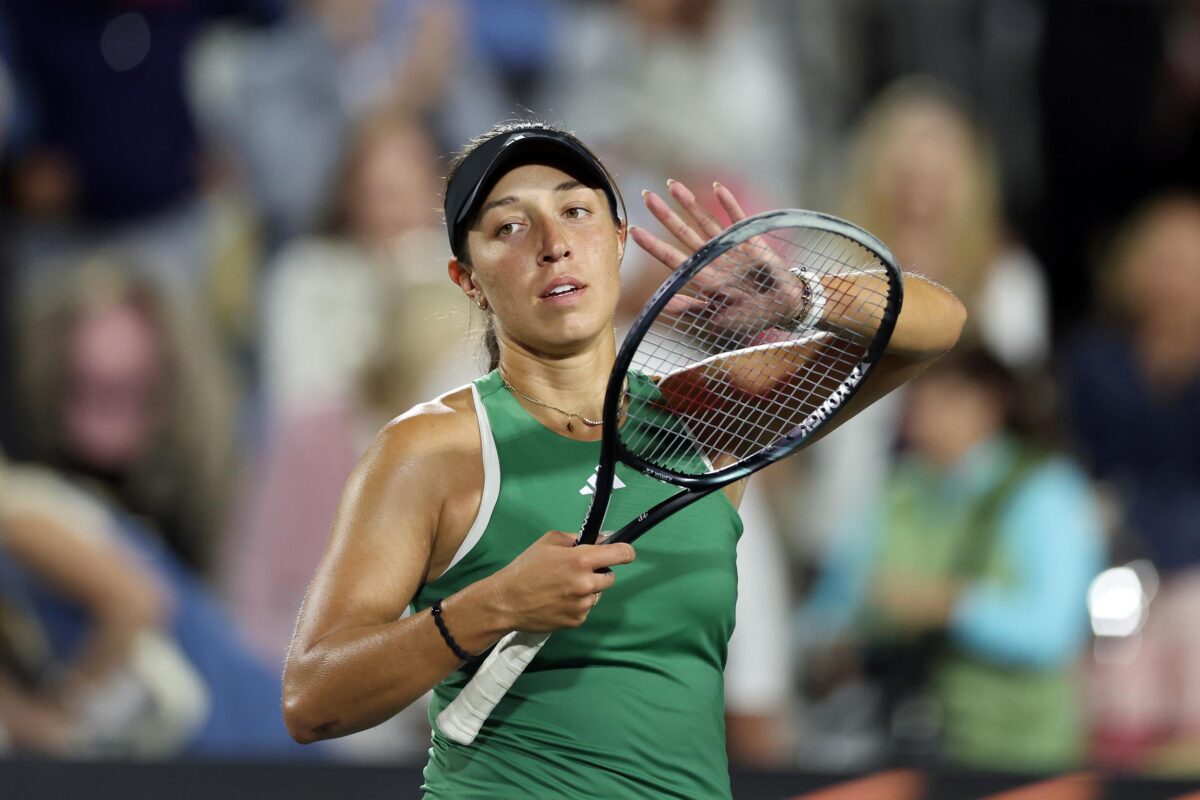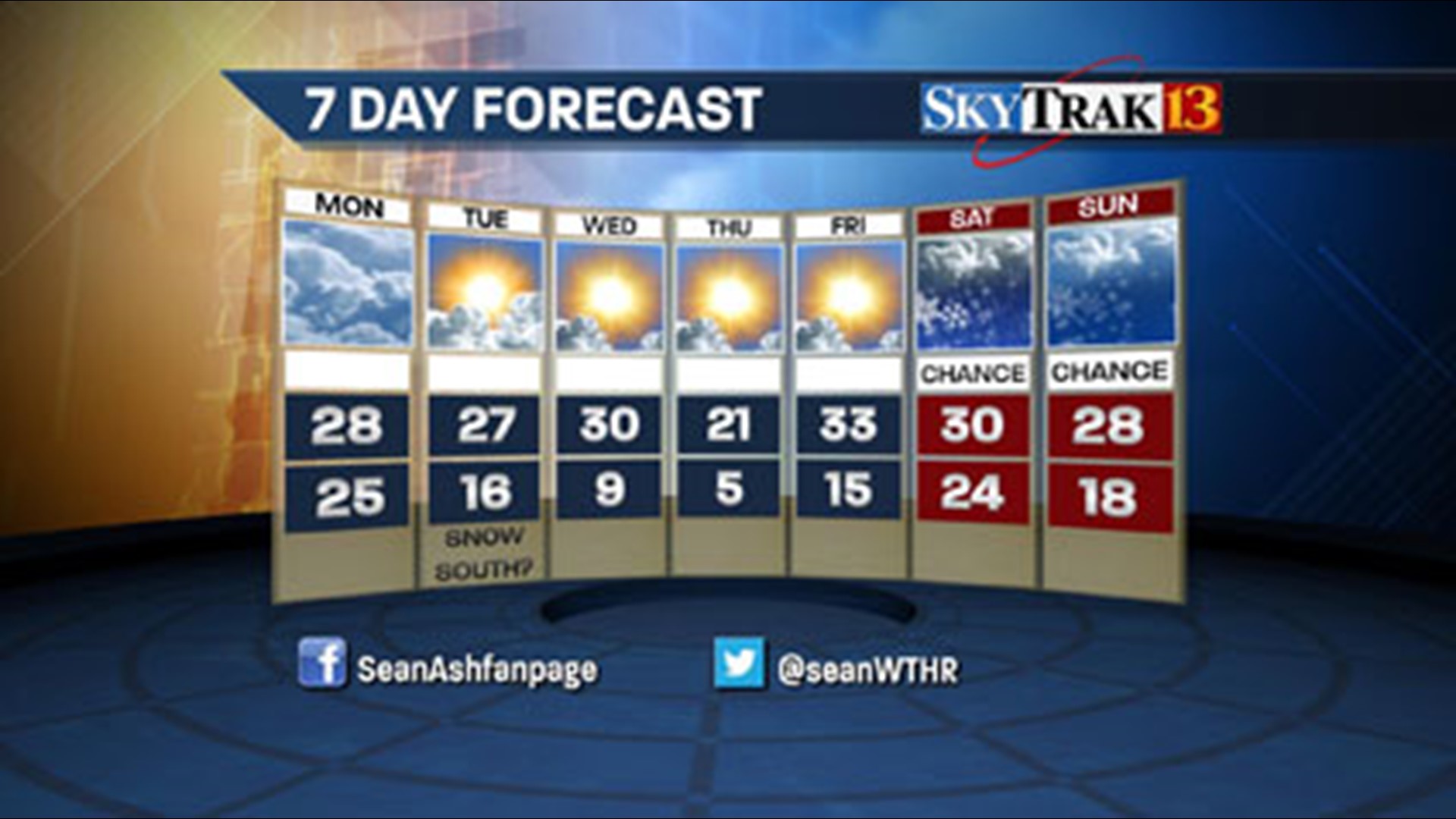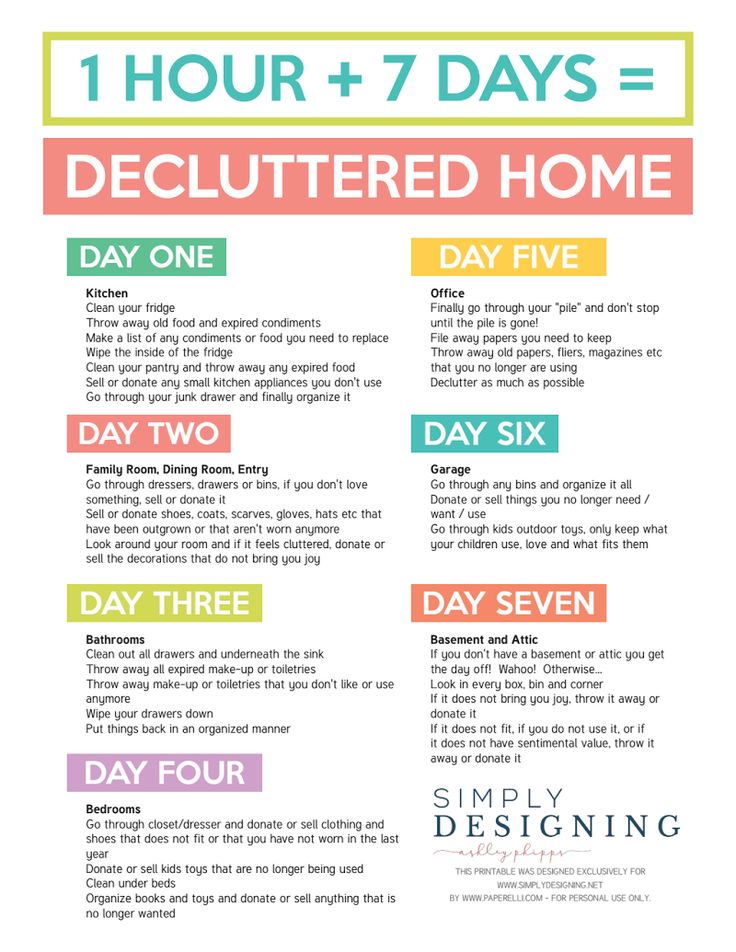Kodiak Shellfish Harvest Under Threat: Second Harmful Algal Bloom Detected

Table of Contents
The Extent of the Current Harmful Algal Bloom
This second harmful algal bloom in Kodiak's waters is proving to be a significant challenge. The bloom's geographical spread encompasses a larger area than the previous incident, affecting several key shellfish harvesting zones around the island. Preliminary assessments indicate that the current bloom surpasses the previous one in both size and intensity, posing a more extensive threat to the Kodiak shellfish harvest. Several shellfish species are impacted, including clams, mussels, and oysters, vital components of the local seafood industry and a cornerstone of the Kodiak economy.
- Current monitoring efforts: The Alaska Department of Environmental Conservation (ADEC) and the National Oceanic and Atmospheric Administration (NOAA) are actively monitoring the bloom's expansion and toxin levels. Regular water sampling and shellfish testing are underway.
- Areas currently closed: Several areas around Kodiak Island have been temporarily closed to shellfish harvesting to ensure public safety. The ADEC website provides regularly updated maps of these closures.
- Preliminary economic losses: Early estimates suggest significant economic losses for the Kodiak fishing industry, impacting both commercial harvesters and local businesses reliant on the shellfish trade. The full extent of the economic damage is yet to be assessed.
The Dangers of Marine Toxins from HABs
Harmful algal blooms produce potent marine toxins that can accumulate in shellfish. Consumption of contaminated shellfish can lead to serious health problems, including paralytic shellfish poisoning (PSP). PSP is caused by saxitoxins produced by certain types of algae. These toxins can affect the nervous system, leading to symptoms like numbness, tingling, muscle weakness, and in severe cases, respiratory paralysis.
- Testing protocols: Rigorous testing protocols are in place to detect the presence of marine toxins in shellfish samples. These tests are critical for ensuring public safety and guiding decisions about shellfish harvesting closures.
- Government regulations and safety guidelines: The FDA and ADEC have established stringent safety guidelines and regulations for shellfish harvesting and consumption. These regulations include limits on toxin levels in shellfish to protect consumers.
- Public health advisories: Public health advisories and warnings are issued to alert consumers about the potential risks associated with consuming shellfish from affected areas. It is crucial to heed these warnings.
Impact on the Kodiak Community and Economy
The Kodiak economy is heavily reliant on its shellfish harvesting industry. The current HAB directly impacts local fishermen, seafood processing plants, and related businesses. The temporary closure of harvesting areas and potential long-term effects of the bloom threaten jobs, livelihoods, and the overall economic stability of the community.
- Government aid and support: Federal and state governments are providing aid and support to affected communities, including financial assistance and resources to help the industry recover.
- Economic diversification: Efforts are underway to diversify the Kodiak economy to reduce reliance on a single industry and improve long-term resilience to events such as HABs.
- Community resilience: The Kodiak community demonstrates remarkable resilience and is actively working together to address the challenges posed by the HAB, including sharing information and supporting one another.
Research and Monitoring Efforts
Ongoing research is crucial to understand the causes of the recurring HABs in Kodiak waters. Climate change is a suspected factor, potentially influencing water temperatures and nutrient levels, thereby contributing to more frequent and intense blooms. Advanced technologies are being utilized to improve HAB detection and monitoring, providing early warnings and facilitating quicker responses to mitigate their impacts.
- Collaborative research: Scientists from various institutions, government agencies, and the local community are collaborating on research projects to improve our understanding of HABs and their impact on Kodiak's ecosystem.
- Future research priorities: Future research will focus on identifying the specific algae species responsible for the toxins, predicting bloom occurrences, and developing strategies for mitigating their impact.
- Preventing future blooms: Strategies for preventing future blooms are being explored, including measures to reduce nutrient runoff and improve water quality.
Conclusion
The second harmful algal bloom in Kodiak poses a significant threat to the shellfish harvest, the local economy, and public health. Understanding the dangers of marine toxins from HABs and the impact on the Kodiak community is crucial. Ongoing research and monitoring are vital for mitigating future occurrences. Stay informed about the latest updates on Kodiak shellfish safety and harmful algal blooms. Support local initiatives aimed at protecting the Kodiak shellfish industry and promoting sustainable seafood practices. Learn more about the effects of harmful algal blooms and contribute to research efforts aimed at protecting our oceans and the valuable Kodiak shellfish harvest.

Featured Posts
-
 Setlist Fm Y Ticketmaster Se Unen Mejor Experiencia Para Usuarios
May 30, 2025
Setlist Fm Y Ticketmaster Se Unen Mejor Experiencia Para Usuarios
May 30, 2025 -
 Top Seed Pegula Defeats Defending Champion Collins In Charleston
May 30, 2025
Top Seed Pegula Defeats Defending Champion Collins In Charleston
May 30, 2025 -
 Another Day Of School Cancellations Due To Severe Winter Weather
May 30, 2025
Another Day Of School Cancellations Due To Severe Winter Weather
May 30, 2025 -
 Intet Er Besluttet Endnu Hvad Betyder Det For Fremtiden
May 30, 2025
Intet Er Besluttet Endnu Hvad Betyder Det For Fremtiden
May 30, 2025 -
 Nissans Electric Plans Could The Primera Return
May 30, 2025
Nissans Electric Plans Could The Primera Return
May 30, 2025
Latest Posts
-
 The Legacy Of Staten Islands Nonnas Timeless Italian Dishes
May 31, 2025
The Legacy Of Staten Islands Nonnas Timeless Italian Dishes
May 31, 2025 -
 30 Days To Minimalism A Practical Guide To Decluttering
May 31, 2025
30 Days To Minimalism A Practical Guide To Decluttering
May 31, 2025 -
 Experience Authentic Italian Staten Island Nonna Restaurants
May 31, 2025
Experience Authentic Italian Staten Island Nonna Restaurants
May 31, 2025 -
 A 30 Day Guide To Minimalist Living Tips And Tricks
May 31, 2025
A 30 Day Guide To Minimalist Living Tips And Tricks
May 31, 2025 -
 Office Lunch Etiquette 6 Rules For Professional Success
May 31, 2025
Office Lunch Etiquette 6 Rules For Professional Success
May 31, 2025
